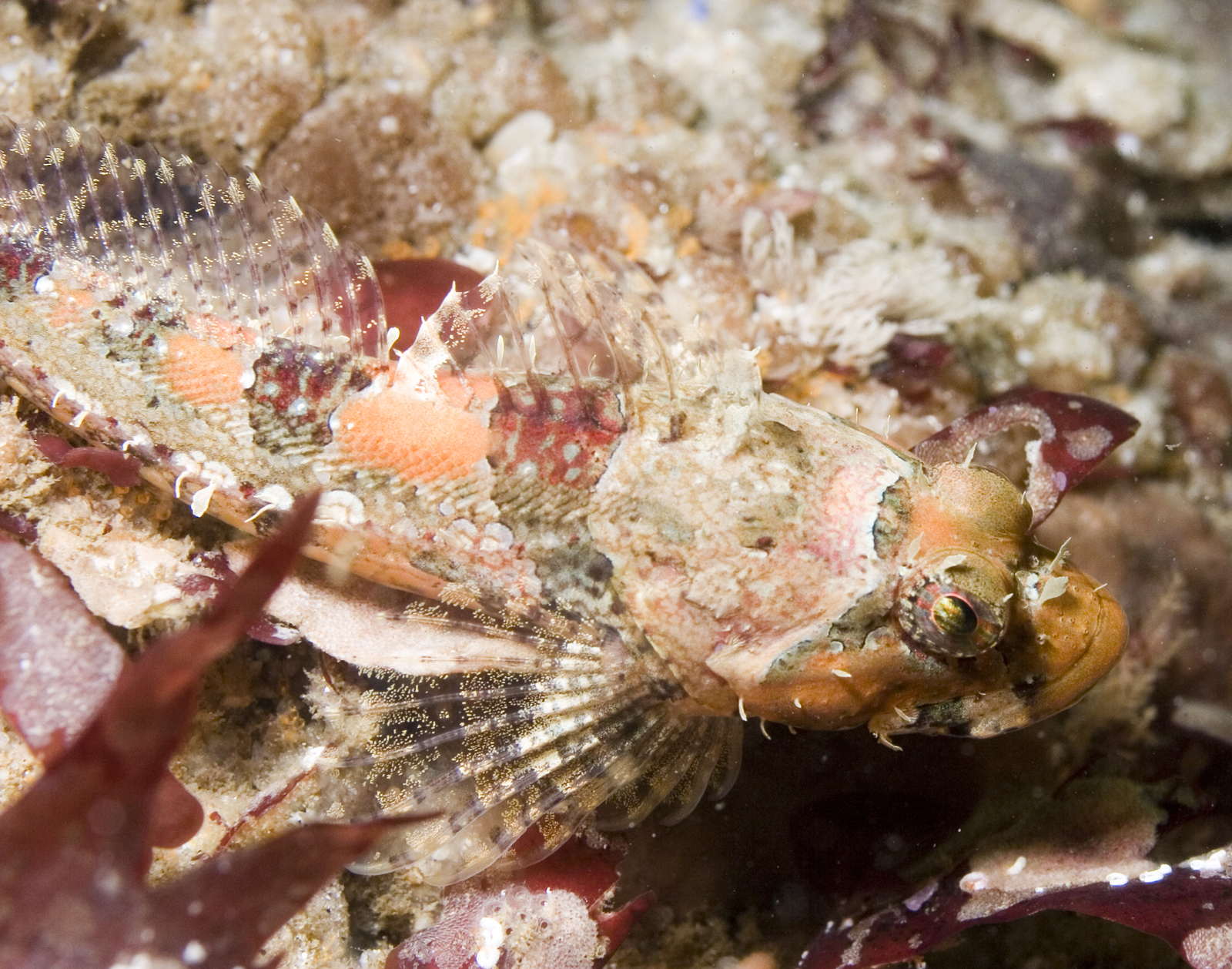|
Cottus Reinii
''Cottus reinii'' is a species of fish in the family Cottidae. It is endemic to Lake Biwa in Japan Japan ( ja, 日本, or , and formally , ''Nihonkoku'') is an island country in East Asia. It is situated in the northwest Pacific Ocean, and is bordered on the west by the Sea of Japan, while extending from the Sea of Okhotsk in the north .... It reaches a maximum length of 12.0 cm (4.7 in). References {{Taxonbar, from=Q5612751 Cottus (fish) Fish of Japan Taxa named by Franz Martin Hilgendorf Fish described in 1879 ... [...More Info...] [...Related Items...] OR: [Wikipedia] [Google] [Baidu] |
Franz Martin Hilgendorf
Franz Martin Hilgendorf (5 December 1839 – 5 July 1904) was a German zoologist and paleontologist. Hilgendorf's research on fossil snails from the Steinheim crater in the early 1860s became a palaeontological evidence for the theory of evolution published by Charles Darwin in 1859. Life and work Franz Hilgendorf was born on 5 December 1839 in Neudamm (Mark Brandenburg). Between 1851 and 1854 he went to a gymnasium in Königsberg (Neumark) and later to the Gymnasium ''Zum Grauen Kloster'' (Grey Monastery) in Berlin where he graduated in 1858. In 1859 he started studying philology at the University of Berlin. After four semesters he changed to the University of Tübingen. In the summer of 1862 he joined an excavation by Friedrich August Quenstedt in the Steinheim crater. In 1863 Hilgendorf received his Ph.D. for work related to this excavation. He finished his research on the fossils during his time at the Museum für Naturkunde in Berlin. In 1868, Hilgendorf became ... [...More Info...] [...Related Items...] OR: [Wikipedia] [Google] [Baidu] |
Fish
Fish are aquatic, craniate, gill-bearing animals that lack limbs with digits. Included in this definition are the living hagfish, lampreys, and cartilaginous and bony fish as well as various extinct related groups. Approximately 95% of living fish species are ray-finned fish, belonging to the class Actinopterygii, with around 99% of those being teleosts. The earliest organisms that can be classified as fish were soft-bodied chordates that first appeared during the Cambrian period. Although they lacked a true spine, they possessed notochords which allowed them to be more agile than their invertebrate counterparts. Fish would continue to evolve through the Paleozoic era, diversifying into a wide variety of forms. Many fish of the Paleozoic developed external armor that protected them from predators. The first fish with jaws appeared in the Silurian period, after which many (such as sharks) became formidable marine predators rather than just the prey of arthropods. Mos ... [...More Info...] [...Related Items...] OR: [Wikipedia] [Google] [Baidu] |
Cottidae
The Cottidae are a family of fish in the superfamily Cottoidea, the sculpins. It is the largest sculpin family, with about 275 species in 70 genera.Kane, E. A. and T. E. Higham. (2012)Life in the flow lane: differences in pectoral fin morphology suggest transitions in station-holding demand across species of marine sculpin.''Zoology'' (Jena) 115(4), 223-32. They are referred to simply as cottids to avoid confusion with sculpins of other families. Cottids are distributed worldwide, especially in boreal and colder temperate climates. The center of diversity is the northern Pacific Ocean. Species occupy many types of aquatic habitats, including marine and fresh waters, and deep and shallow zones. A large number occur in near-shore marine habitat types, such as kelp forests and shallow reefs. They can be found in estuaries and in bodies of fresh water. Most cottids are small fish, under in length. The species ''Scorpaenichthys marmoratus'' can be up to in length.Froese, R. and D ... [...More Info...] [...Related Items...] OR: [Wikipedia] [Google] [Baidu] |
Endemism
Endemism is the state of a species being found in a single defined geographic location, such as an island, state, nation, country or other defined zone; organisms that are indigenous to a place are not endemic to it if they are also found elsewhere. For example, the Cape sugarbird is found exclusively in southwestern South Africa and is therefore said to be ''endemic'' to that particular part of the world. An endemic species can be also be referred to as an ''endemism'' or in scientific literature as an ''endemite''. For example '' Cytisus aeolicus'' is an endemite of the Italian flora. '' Adzharia renschi'' was once believed to be an endemite of the Caucasus, but it was later discovered to be a non-indigenous species from South America belonging to a different genus. The extreme opposite of an endemic species is one with a cosmopolitan distribution, having a global or widespread range. A rare alternative term for a species that is endemic is "precinctive", which applies to ... [...More Info...] [...Related Items...] OR: [Wikipedia] [Google] [Baidu] |
Lake Biwa
is the largest freshwater lake in Japan, located entirely within Shiga Prefecture (west-central Honshu), northeast of the former capital city of Kyoto. Lake Biwa is an ancient lake, over 4 million years old. It is estimated to be the 13th oldest lake in the world. Because of its proximity to Kyoto, references to Lake Biwa appear frequently in Japanese literature, particularly in poetry and in historical accounts of battles. Name The name ''Biwako'' was established in the Edo period. There are various theories about the origin of the name ''Biwako'', but it is generally believed to be so named because of the resemblance of its shape to that of a stringed instrument called the ''biwa''. Kōsō, a learned monk of Enryaku-ji in the 14th century, gave a clue to the origin of the name ''Biwako'' in his writing: "The lake is the Pure land of the goddess Benzaiten because she lives on Chikubu Island and the shape of the lake is similar to that of the ''biwa'', her favorite instrume ... [...More Info...] [...Related Items...] OR: [Wikipedia] [Google] [Baidu] |
Japan
Japan ( ja, 日本, or , and formally , ''Nihonkoku'') is an island country in East Asia. It is situated in the northwest Pacific Ocean, and is bordered on the west by the Sea of Japan, while extending from the Sea of Okhotsk in the north toward the East China Sea, Philippine Sea, and Taiwan in the south. Japan is a part of the Ring of Fire, and spans Japanese archipelago, an archipelago of List of islands of Japan, 6852 islands covering ; the five main islands are Hokkaido, Honshu (the "mainland"), Shikoku, Kyushu, and Okinawa Island, Okinawa. Tokyo is the Capital of Japan, nation's capital and largest city, followed by Yokohama, Osaka, Nagoya, Sapporo, Fukuoka, Kobe, and Kyoto. Japan is the List of countries and dependencies by population, eleventh most populous country in the world, as well as one of the List of countries and dependencies by population density, most densely populated and Urbanization by country, urbanized. About three-fourths of Geography of Japan, the c ... [...More Info...] [...Related Items...] OR: [Wikipedia] [Google] [Baidu] |
Cottus (fish)
''Cottus'' is a genus of the mainly freshwater ray-finned fishes belonging to the family Cottidae, the typical sculpins. They are often referred to as the "freshwater sculpins", as they are the principal genus of sculpins to be found in fresh water. They are native to the Palearctic and Nearctic. They are small fish, mostly less than in length, although a few species can reach twice that size. Taxonomy ''Cottus'' was first proposed as a genus by Carl Linnaeus in the 10th edition of the ''Systema Naturae'' when he described the European bullhead (''Cottus gobio'') and in 1850 this species was designated as the type species of the genus by the French ichthyologist Charles Frédéric Girard. The 5th edition of the ''Fishes of the World'' classifies this genus within the subfamily Cottinae of the family Cottidae. Other authorities have found that the Cottidae, as delimited in the 5th edition of Fishes of the World, is paraphyletic and that the monophyletic grouping is the freshwate ... [...More Info...] [...Related Items...] OR: [Wikipedia] [Google] [Baidu] |
Fish Of Japan
Fish are aquatic, craniate, gill-bearing animals that lack limbs with digits. Included in this definition are the living hagfish, lampreys, and cartilaginous and bony fish as well as various extinct related groups. Approximately 95% of living fish species are ray-finned fish, belonging to the class Actinopterygii, with around 99% of those being teleosts. The earliest organisms that can be classified as fish were soft-bodied chordates that first appeared during the Cambrian period. Although they lacked a true spine, they possessed notochords which allowed them to be more agile than their invertebrate counterparts. Fish would continue to evolve through the Paleozoic era, diversifying into a wide variety of forms. Many fish of the Paleozoic developed external armor that protected them from predators. The first fish with jaws appeared in the Silurian period, after which many (such as sharks) became formidable marine predators rather than just the prey of arthropods. Most f ... [...More Info...] [...Related Items...] OR: [Wikipedia] [Google] [Baidu] |
Taxa Named By Franz Martin Hilgendorf
In biology, a taxon (back-formation from ''Taxonomy (biology), taxonomy''; plural taxa) is a group of one or more populations of an organism or organisms seen by taxonomists to form a unit. Although neither is required, a taxon is usually known by a particular name and given a particular Taxonomic rank, ranking, especially if and when it is accepted or becomes established. It is very common, however, for taxonomists to remain at odds over what belongs to a taxon and the criteria used for inclusion. If a taxon is given a formal scientific name, its use is then governed by one of the nomenclature codes specifying which scientific name is correct for a particular grouping. Initial attempts at classifying and ordering organisms (plants and animals) were set forth in Carl Linnaeus's Linnaean taxonomy, system in ''Systema Naturae'', 10th edition (1758), as well as an unpublished work by Bernard de Jussieu, Bernard and Antoine Laurent de Jussieu. The idea of a unit-based system of bio ... [...More Info...] [...Related Items...] OR: [Wikipedia] [Google] [Baidu] |


.jpg)


